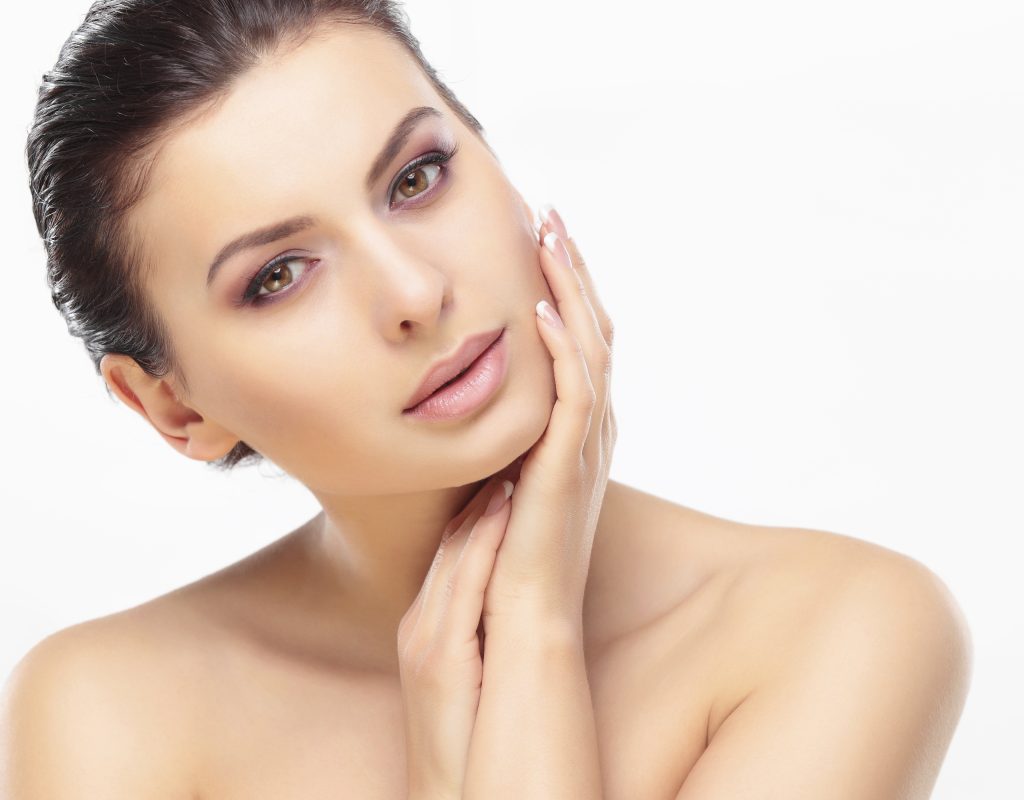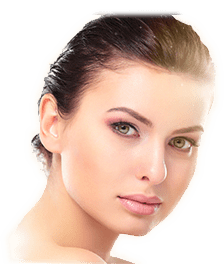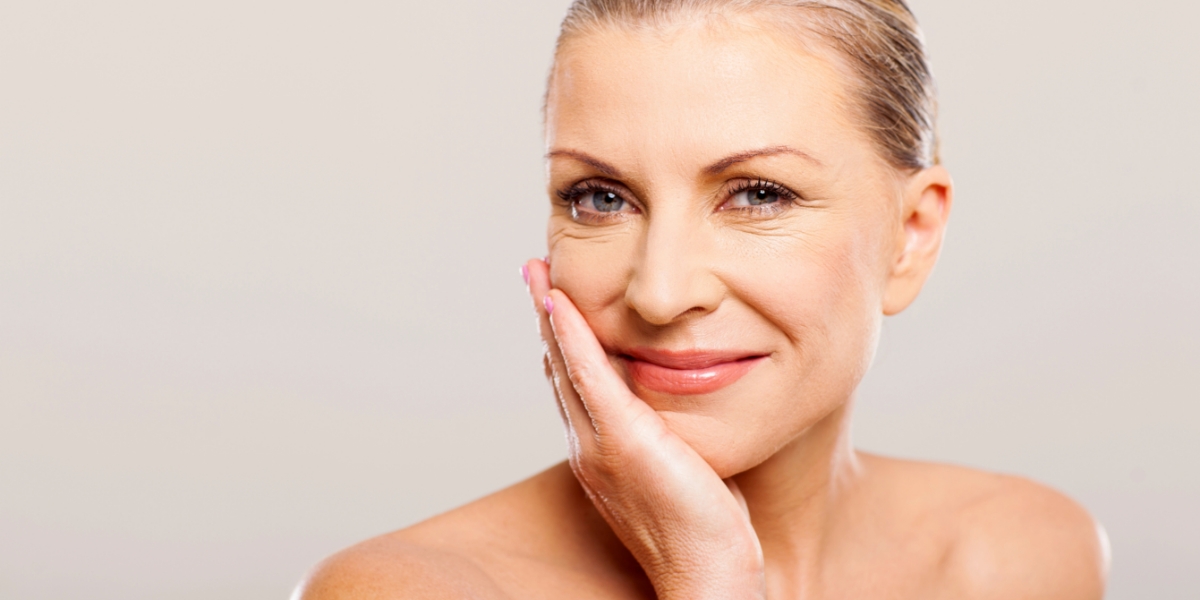Understanding Pigmentation and How to Treat It

If you’ve ever noticed dark spots, uneven skin tone, or stubborn patches that just won’t fade, you’re not alone. Pigmentation is one of the most common skin concerns—and one of the trickiest to treat. It shows up in many forms, from post-acne marks to melasma (often called the “pregnancy mask”), and is caused by an overproduction of melanin in the
skin. The good news? With the right treatments and consistent care, you can improve pigmentation and achieve a more even, radiant complexion. In this post, we’re breaking down the most effective professional treatments—like VI Peel, Hydrafacial, and microneedling—plus the importance of at-home skincare, including powerhouse ingredients like kojic acid. Whether you’re just starting your pigmentation journey or looking to boost your current routine, this guide has you covered.
What is pigmentation?
Pigmentation is an umbrella term used to describe areas of the skin that appear darker in color than your normal skin tone. This happens when the skin produces excess melanin, which is the pigment responsible for skin color. There are several different types of pigmentation, ranging from large patches of melasma to small, dotted freckles.
How can you fix it?
Addressing pigmentation can be a tedious process and it tends to get worse before it gets better. The type of treatments used can also vary depending on the type of pigmentation that is present. The most common types you see are post-inflammatory hyperpigmentation from things like acne breakouts, and melasma; a hormonal pigment commonly referred to as ‘pregnancy mask’.
VI Peel/SkinPen/Hydrafacial
One of the most common treatments for pigmentation is chemical peels. They are incredibly beneficial regardless of pigmentation type and typically have little to no downtime. Here at Westfield Plastic Surgery Center, we utilize VI Peel, a phenol-based peel that penetrates down past the epidermis to the papillary dermis. Downtime varies, with some patients experiencing light flaking and others experiencing ‘sheeting’. If you’re looking for no downtime, Hydrafacial Platinum is your best friend! Hydrafacial utilizes patented Vortex-fusion technology to create long lasting changes in the skin. ThePlatinum treatment combines 5 services in one hour leaving the skin hydrated and glowy. This service contains a 15%-30% glycolic acid peel that effectively exfoliates dead skin cells and brings fresher, more evenly pigmented skin cells to the surface. Pair with a customized serum booster to enhance your results and achieve your goals faster! A sometimes lesser-known treatment for pigmentation is microneedling. Microneedling is a minimally invasive treatment that utilizes fine needles to create tiny punctures or micro-injuries in the top layers of skin to trigger the body’s natural wound-healing response. These micro-injuries allow for better product absorption; letting those corrective skincare ingredients get down where they need to be. This treatment also ramps up collagen and elastin production for an overall youthful look and feel to the skin.
Supportive Homecare – PhytoQuinone Fader
The biggest key to treating pigmentation is consistency. Regardless of the treatment you do in office, the homecare you use is incredibly important. Pigmentation requires constant treatment to continuously suppress the excess melanin from skin damage. First and foremost, sunscreen is a daily requirement when you’re treating pigmentation. UVA and UVB rays make pigmentation worse and keep you in a loop of improvement, then worsening. Sunscreen should be worn daily and ideally, reapplied at least once. The heavy hitters for pigmentation come in the form of accelerated serums. Serums as a product category are highly concentrated and formulated to treat skin conditions. For pigmentation, you want to look for skin lighteners and melanin inhibitors. For example, kojic acid. Kojic acid is derived from fungi, and it works by blocking the production of tyrosinase, the enzyme responsible for melanin synthesis. Kojic Acid also works as a surface exfoliant to address surface pigmentation for a brighter skin tone.
Reveal Your Best Skin Yet
Don’t let pigmentation hold you back from feeling confident in your skin. Our team offers safe, effective treatments tailored to your unique needs. Call us today at (402) 576-4013 to schedule your consultation and take the first step toward brighter, healthier skin.







 Did you know we have an online store??
Did you know we have an online store??